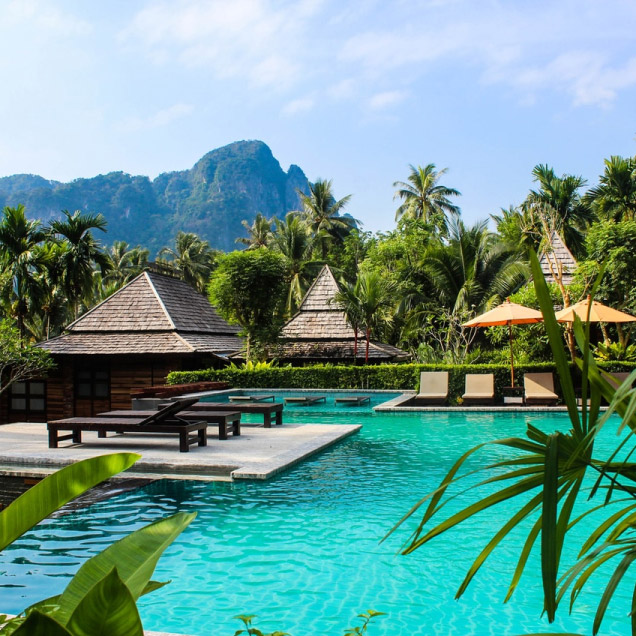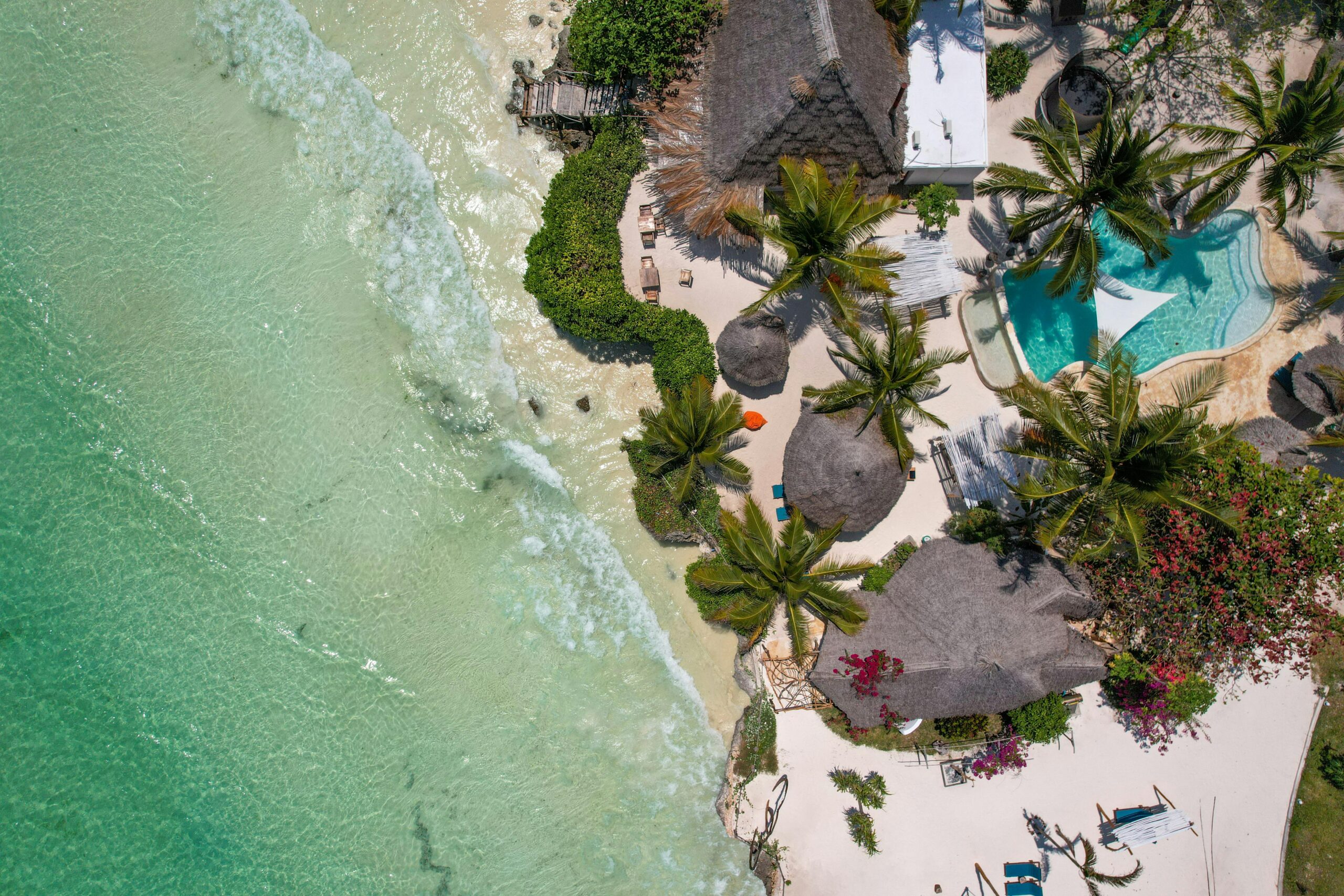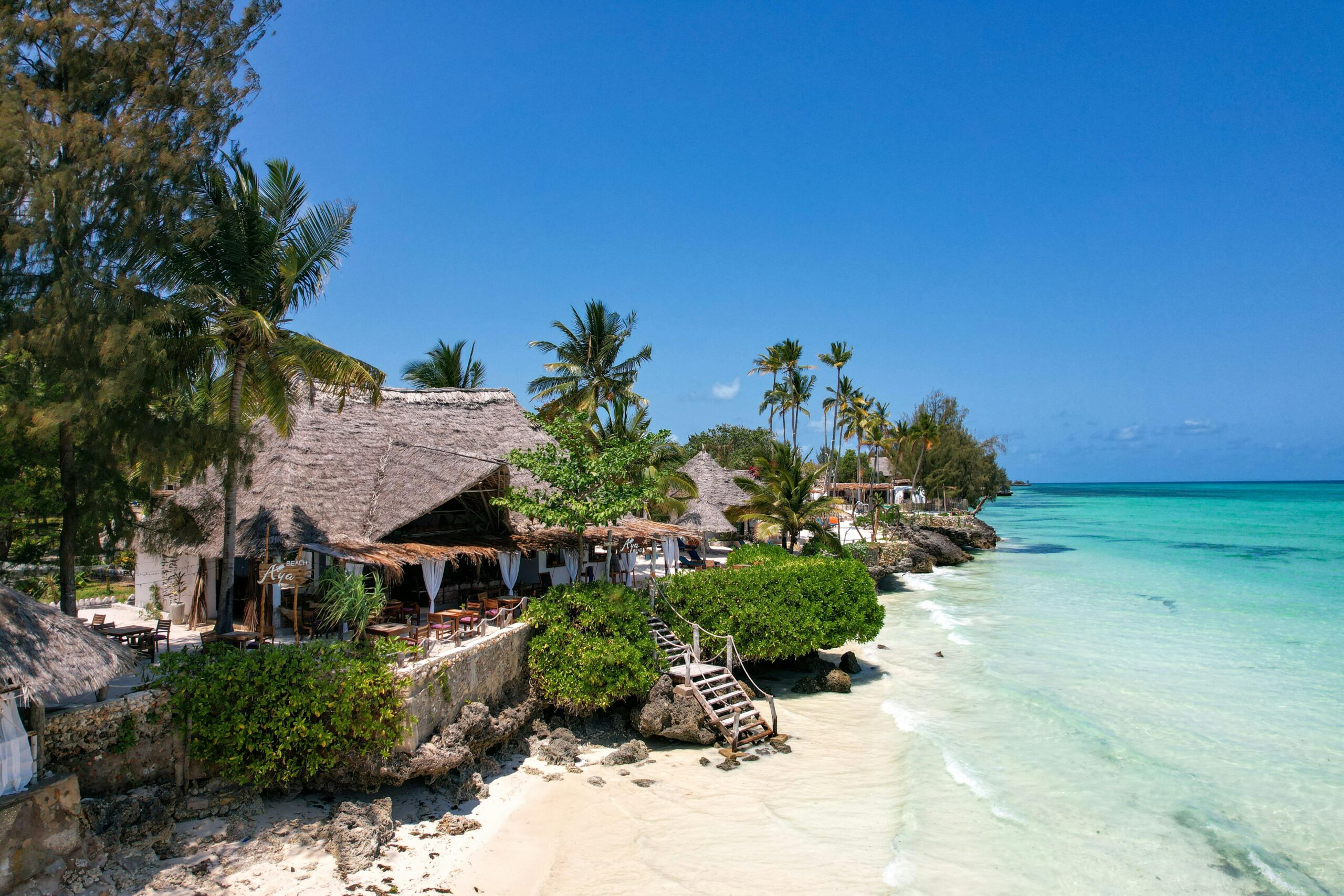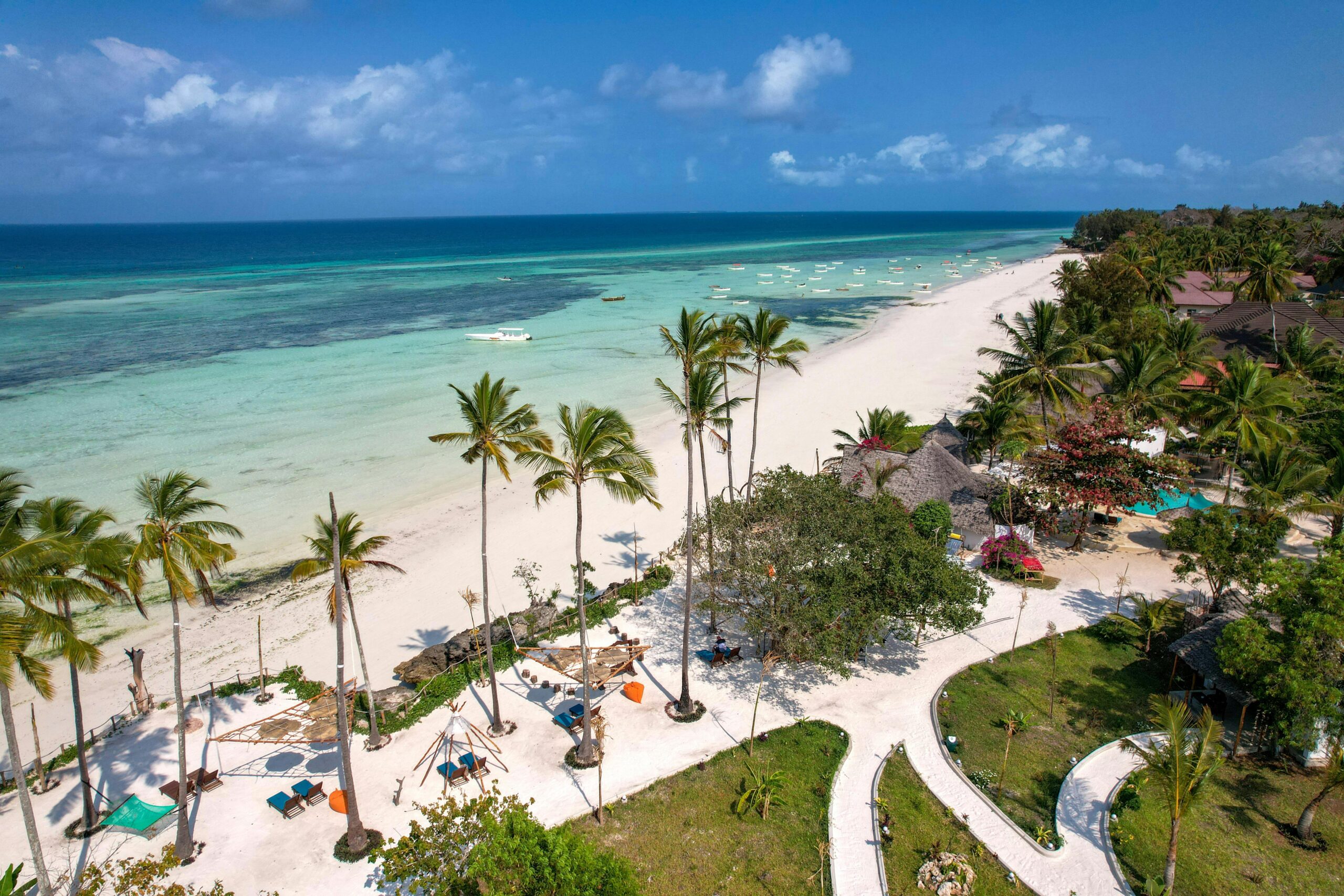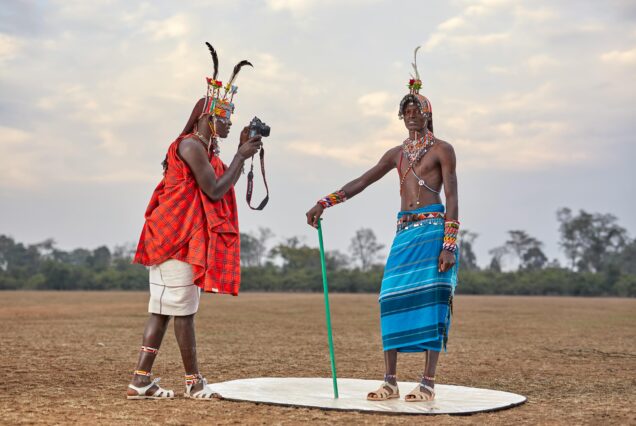Overview
Zanzibar is an archipelago located off the coast of Tanzania in East Africa, renowned for its pristine beaches, rich history, and vibrant culture. It consists of two main islands, Unguja (commonly referred to as Zanzibar) and Pemba, along with numerous smaller islets. Here are some key aspects of Zanzibar:
Historical Significance
- Trade Hub: Zanzibar has been a major trading center for centuries, attracting traders from the Middle East, Persia, India, and later Europe. Its strategic location made it a focal point for the spice and slave trades.
- Sultanate of Zanzibar: In the 19th century, Zanzibar became a sultanate under the rule of the Sultan of Oman. The island's economy thrived on the trade of cloves and other spices, along with the tragic slave trade.
- Colonial Era: Zanzibar was a British protectorate from the late 19th century until its independence in 1963. In 1964, Zanzibar merged with Tanganyika to form the United Republic of Tanzania.
Tourist Attractions
- Stone Town: The historic heart of Zanzibar City, Stone Town is a UNESCO World Heritage site known for its winding alleys, bustling bazaars, mosques, and grand Arab houses. Notable sites include the House of Wonders, the Old Fort, and the Sultan's Palace.
- Beaches: Zanzibar boasts some of the most beautiful beaches in the world. Nungwi and Kendwa in the north, and Paje and Jambiani in the southeast, are famous for their white sands and crystal-clear waters.
- Jozani Forest: Located in the central part of Unguja, Jozani Forest is home to the rare red colobus monkey, as well as diverse flora and fauna. It’s a protected area offering nature trails and wildlife spotting.
- Spice Tours: Zanzibar is known as the "Spice Island" due to its production of spices like cloves, nutmeg, cinnamon, and black pepper. Visitors can take guided tours of spice farms to learn about the cultivation and history of these crops.
- Prison Island: Also known as Changuu Island, this small island once used as a prison for rebellious slaves and quarantine station, is now a tourist attraction known for its giant tortoises and beautiful snorkeling spots.
Cultural Diversity
- Swahili Culture: Zanzibar is a melting pot of African, Arab, Persian, and Indian influences, all of which contribute to its rich Swahili culture. This is reflected in the local language, cuisine, music, and architecture.
- Cuisine: The food in Zanzibar is a delightful blend of spices and flavors. Popular dishes include biryani, pilau, urojo (a tangy soup), and seafood. The influence of various cultures is evident in the diverse and aromatic dishes.
- Festivals: Zanzibar hosts several cultural festivals, including the Zanzibar International Film Festival (ZIFF) and Sauti za Busara, a music festival that showcases African talent.
Conclusion
Zanzibar is a unique destination that offers a rich tapestry of history, culture, and natural beauty. Its legacy as a trade hub is preserved in the historic Stone Town, while its stunning beaches and vibrant culture continue to attract tourists from around the world. Whether exploring its spice farms, enjoying its pristine waters, or delving into its diverse heritage, Zanzibar provides a captivating experience for all who visit.
4o

